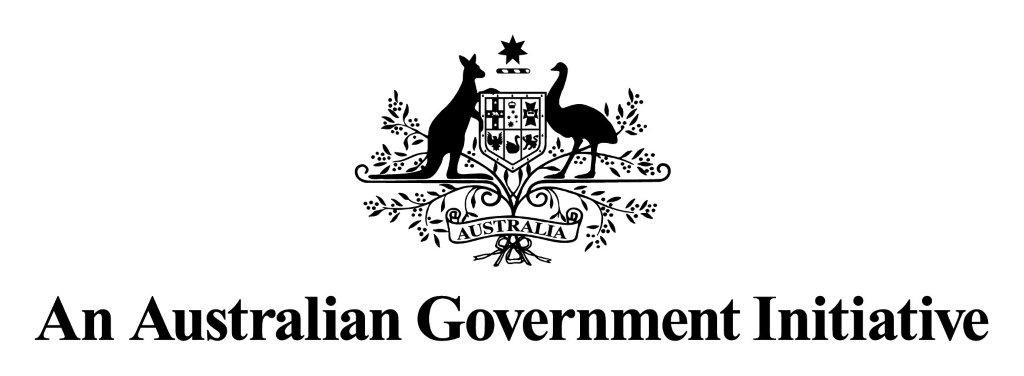The 2015 Intergenerational Report released on 5 March contains analysis of the key drivers of economic growth – population, participation and productivity – and examines what projected changes in these areas mean for Australia’s standard of living and public policy settings.
Key challenges
- Ageing population – the number of people aged 65+ will more than double by 2055
- New industries – Can Australia’s knack for innovation help fuel new economic growth?
- Future ready – A thriving economy needs the right infrastructure.
The report says continued steps to boost productivity and encourage higher workforce participation will be critical to driving economic growth over the next 40 years.
“Further increasing female participation will be important, including policies to support parents and prospective parents.
“We also need to harness the full potential of all demographic groups, especially older Australians, youth, people with disability and the long-term unemployed,” the report said.
Key facts outlined in the report
- Today, Australians produce twice as many goods and services for each hour worked as they did in the early 1970s.
- By 2055, life expectancy at birth is projected to be over 95.1 years for men and 96.6 years for women, compared with 91.5 and 93.6 years today.
- The economy and incomes are projected to continue to grow, but at a slightly slower rate than over the past 40 years.
- By 2055, the participation rate for people aged over 15 years is projected to gall to 62.4%, compared to 64.2% in 2015.
- Today there are an estimated 4.5 people aged 15-64 for every person aged 65 and over. By 2055 this ratio is projected to nearly half to just 2.7 people.
- Today, around 66% of women aged 15-64 are employed. By 2055, this is projected to increase to around 70%.
- The number of people aged 65 and over in the workforce today is 13% and this participation rate is projected to increase to 17% by 2055.
Download the full 2015 Intergenerational Report.


